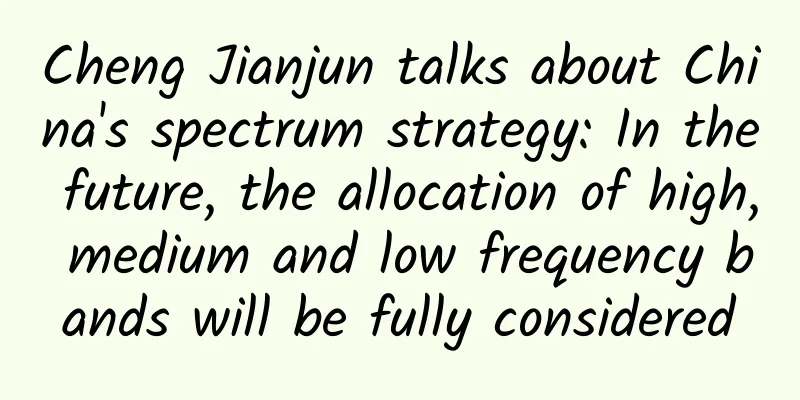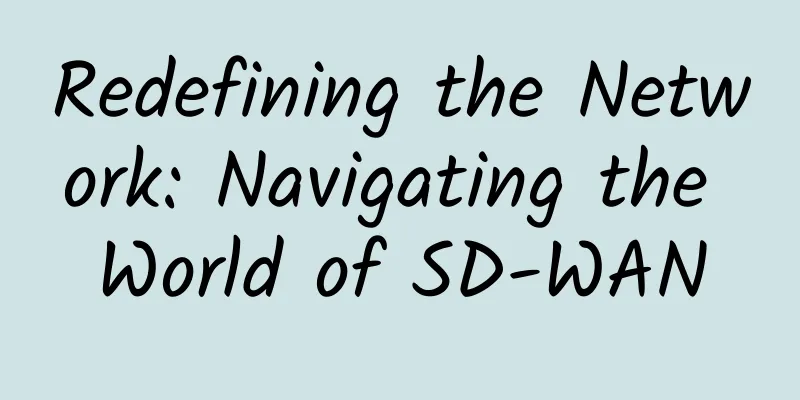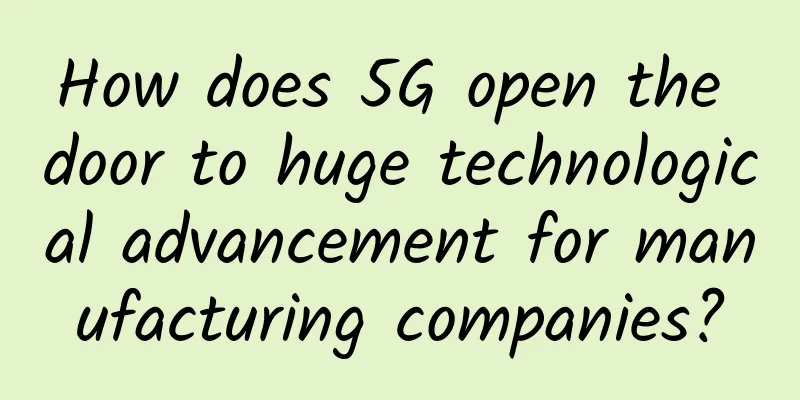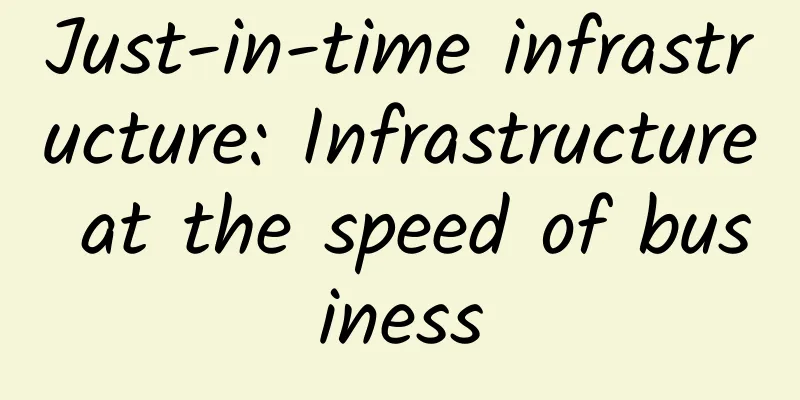V2X communication: A new era of cooperation between vehicles and infrastructure
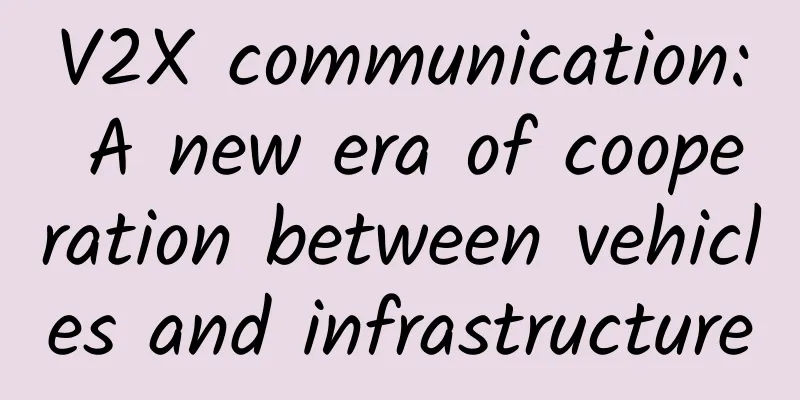
|
V2X communication, or vehicle-to-everything communication, is a breakthrough technology that allows vehicles to communicate with each other and the surrounding infrastructure. This innovative mode of transportation has the potential to revolutionize the way we drive, improve road safety, reduce traffic congestion, and make transportation systems more efficient. As we move toward a future of connected and autonomous vehicles, V2X communication will play a vital role in creating a safer and more efficient driving environment. Essentially, V2X communications enable vehicles to share information with each other and with infrastructure such as traffic lights, road signs and even pedestrians. This information exchange can include data on vehicle speed, location, direction and other important details that can help prevent accidents and improve traffic flow. By allowing vehicles to “talk” to each other and their surroundings, V2X communications can help drivers make better decisions, anticipate potential hazards, and react faster to changing road conditions. One of the main benefits of V2X communication is its ability to significantly improve road safety. According to the National Highway Traffic Safety Administration (NHTSA), more than 90% of car accidents in the United States are caused by human error. By providing drivers with real-time information about the vehicle and its surroundings, V2X communication can help reduce the possibility of accidents caused by human error. For example, if the vehicle ahead suddenly brakes, V2X technology can instantly transmit that information to the vehicles behind, allowing them to react more quickly and avoid a potential collision. In addition to improving safety, V2X communications can also help reduce traffic congestion and improve overall transportation efficiency. By allowing vehicles to communicate with traffic signals, V2X technology can adjust signal timing based on real-time traffic conditions, thereby optimizing traffic flow. This helps reduce the time vehicles spend idling at red lights, which reduces fuel consumption and emissions. In addition, V2X communications can enable vehicles to form “platoons,” groups of vehicles traveling closely together at coordinated speeds, reducing the need for individual drivers to constantly adjust their speed and increasing overall traffic flow. As we move toward a future of autonomous vehicles, V2X communications will play an even more critical role in ensuring the safe and efficient operation of these vehicles. Autonomous vehicles rely on a combination of sensors, cameras, and other technologies to navigate their environment, but these systems are sometimes limited in their ability to detect and react to certain situations. By incorporating V2X communications, autonomous vehicles can gain a wealth of additional information about their surroundings, allowing them to make smarter decisions and operate more safely. Although the potential benefits of V2X communications are clear, there are still several challenges that must be overcome before the technology can be widely adopted. One of the main obstacles is the need for a standardized communication protocol that allows vehicles from different manufacturers to communicate with each other and with various types of infrastructure. In addition, concerns about data privacy and security must be addressed, as the exchange of sensitive information between vehicles and infrastructure could be exploited by hackers or other malicious actors. Despite these challenges, the future of V2X communications looks promising. Governments and industry leaders around the world are investing heavily in the development and deployment of this technology, recognizing its potential to transform our transportation systems and usher in a new era of cooperation between vehicles and infrastructure. As V2X communications continue to advance, we can look forward to a future where roads are safer, more efficient, and more connected. |
<<: Spiderpool: How to solve the problem of zombie IP recycling
Recommend
Detailed explanation of the design points and principles of 6G system data governance solutions
This article is reprinted from the WeChat public ...
Two threads, two mutexes, how can a dead loop be formed?
[[351971]] Fans’ questions must be arranged. How ...
CUBECLOUD new Hong Kong international line monthly payment starts from 39 yuan
CUBECLOUD (Magic Cube Cloud) recently launched a ...
What comes after 5G communications?
This topic seems a bit paradoxical. First of all,...
80VPS: Hong Kong CN2 server monthly payment of 600 yuan, E5-26**V2/16GB/1TB or 600G*2/20M bandwidth, optional CN2 high defense
80VPS is a long-established Chinese hosting compa...
The 10 most powerful companies in enterprise networking in 2021
[[409960]] Last year, the global spread of the ep...
Let's talk about IPv4 to IPv6 tunnel
[[273990]] When is IPv6 tunneling used? Connect t...
IEEE: Artificial intelligence, 5G, and the Internet of Things will be important technologies in 2021
On November 26, foreign media reported that accor...
Ministry of Industry and Information Technology: my country has built nearly 850,000 5G base stations
According to the Ministry of Industry and Informa...
ZJI: New Year limited 50% off Hong Kong server 500 yuan/month-2*E5-2630L/32G memory/1TB SSD/20M bandwidth
ZJI has just launched a new year promotion, offer...
Ministry of Industry and Information Technology: Make the digital economy bigger and stronger and promote the construction and application of 5G networks in an orderly manner
[[361436]] According to the Ministry of Industry ...
edgeNAT VPS monthly payment 20% off, annual payment 30% off, US/Hong Kong/Korea VPS monthly payment starts from 48 yuan
edgeNAT has released a regular promotion for June...
The three major operators unveiled their latest 5G strategies
As the global 5G latest version standard is locke...
SpeedyPage 10% off, starting from $4.83/month-AMD Ryzen, DDR5 memory, Gen4 NVMe, Ashburn computer room
SpeedyPage recently launched a high-performance V...
NAT detailed explanation: basic principles, traversal technology (P2P hole punching), port aging, etc.
Regarding the NAT penetration currently promoted ...
